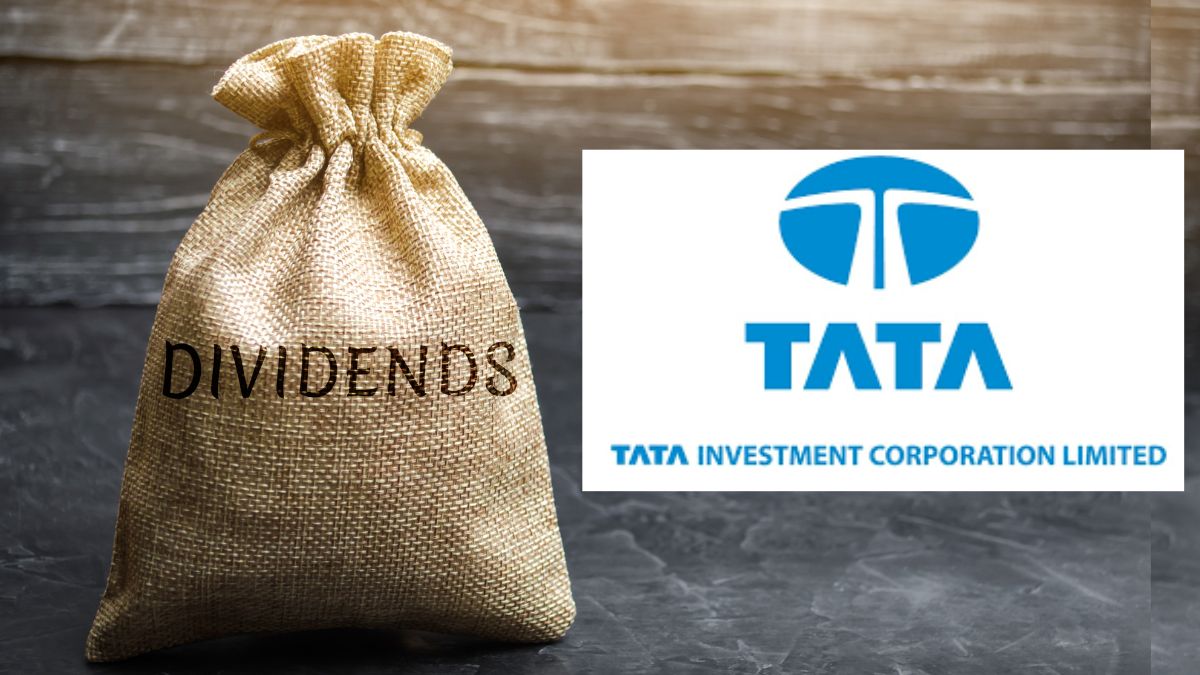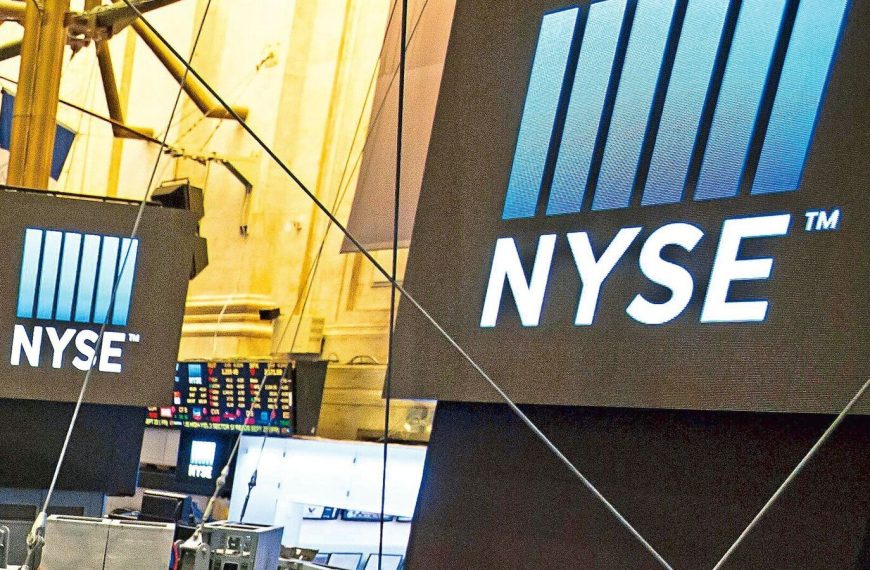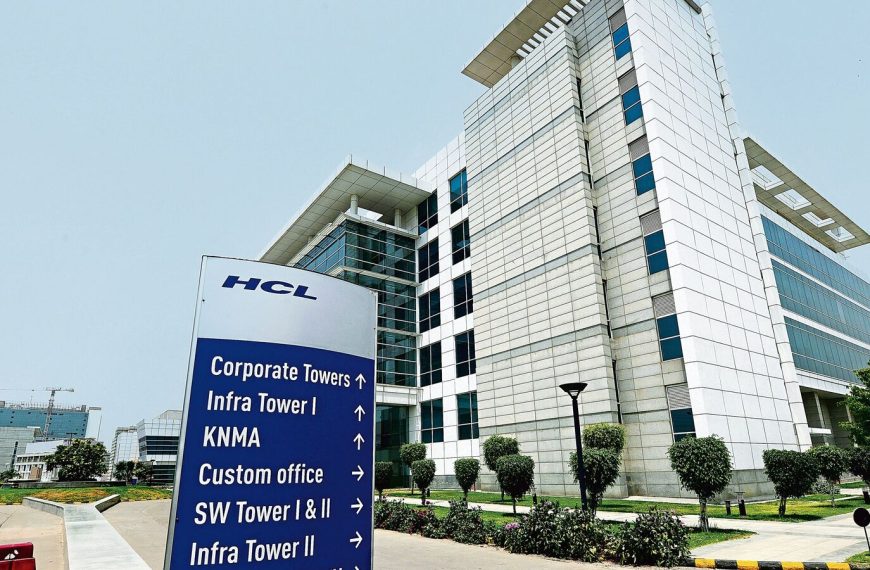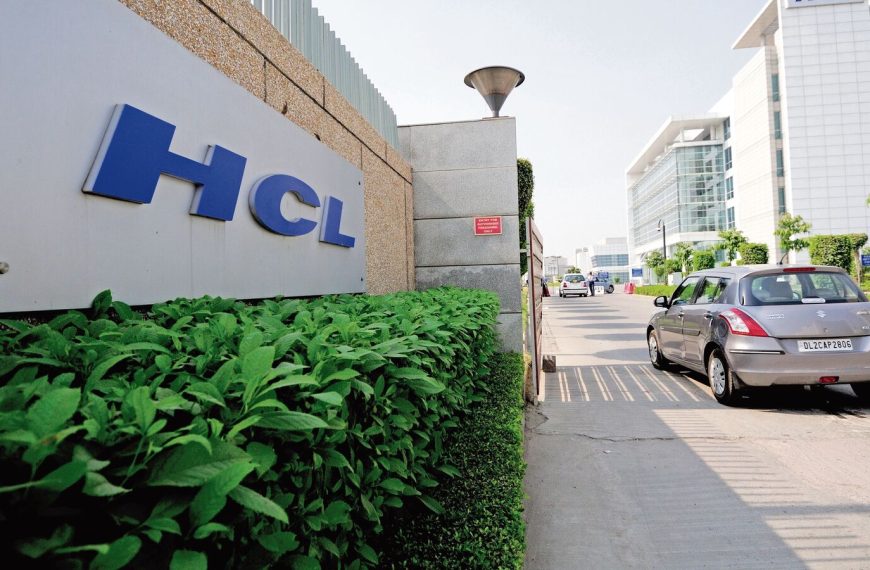Tata Investment Corporation has made headlines once again by announcing a final dividend of Rs 27 per share for the fiscal year 2025. This news was revealed on Monday, coinciding with the company’s Q4 financial results. However, the excitement was short-lived as the company’s stock value dipped nearly 2% during intraday trading, settling at Rs 6,293.35.
Dividend History and Current Payout
Tata Investment has consistently been a favorite among investors due to its generous dividend payouts. This year’s dividend of Rs 27 is a slight decrease compared to previous years:
- FY2024: Rs 28
- FY2023: Rs 48
- FY2022: Rs 55
- FY2021: Rs 24
- FY2020: Rs 18
Even though the dividend remains appealing, the reduction from the prior three years raises questions about the company’s financial health.
Decline in Profitability
The financial performance of Tata Investment has not been as favorable. The company reported a staggering 37.62% decline in consolidated net profit, dropping to Rs 37.72 crore in Q4 FY25, down from Rs 60.47 crore in the same period last year. Additionally, revenue took a significant hit, plummeting over 71% to Rs 16.4 crore, compared to Rs 57 crore in Q4 FY24.
Stock Performance Under Pressure
Tata Investment’s shares have faced a challenging market environment recently. The stock has seen a decline of nearly 2% in April alone, and over the past six months, it has dropped approximately 8%. Year-to-date, the stock has similarly lost 8% of its value. With a 52-week high of Rs 8,074.25 and a low of Rs 5,145.15, the stock is exhibiting notable volatility. Currently, the company’s market capitalization stands at Rs 31,770 crore.
Overview of Tata Investment Corporation
Established in 1937 by Tata Sons, Tata Investment Corporation operates as a non-banking finance company (NBFC), specializing in long-term investments in equity shares and other securities. The firm remains primarily owned by Tata Sons, which holds a substantial 68.5% stake in the company.
As investors navigate the complexities of Tata Investment’s recent performance, the focus remains on the firm’s ability to recover and maintain its status as a reliable dividend payer.











